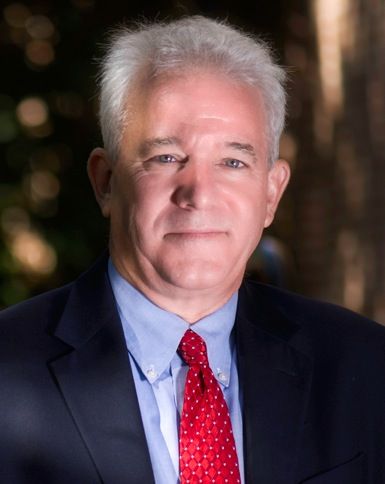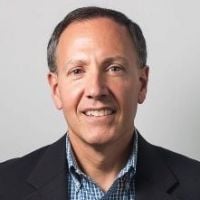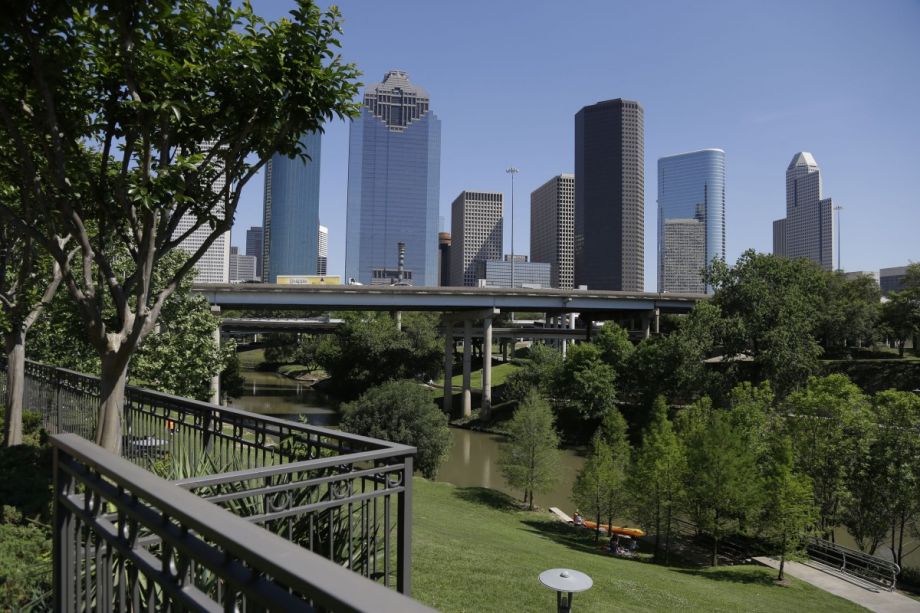William Fulton is the head of Kinder Institute, a Houston “think and do” tank focused on urban issues, as well as the author of several books on urban planning in California. Fulton also served as mayor of Ventura, California, for three years. Having worked in politics, planning and journalism, Fulton has some key insights into the way both public and private entities are shaping the future of cities. We spoke recently about the country’s shifting demographics, the increasingly crucial role mayors are playing, Houston’s emergence as a leading urban center and more.
I am looking forward to talking about the positive changes happening in Houston, but first, we should note that the region experienced devastating, and fatal, flooding last week. Can you talk about how the city might better prepare for heavy rains? What might Houston do to become a model of resilience in the Sun Belt?
Houston is the most flood-prone metro area in the United States, and the situation is getting worse. In the last 10 months, we’ve had two storms that have led to near-record-level floods. This is partly because we seem to be in a period of more extreme weather events but also possibly because of the way the urban footprint has expanded.
The solution is probably not any one thing, but a both-and approach. There’s no question that the city needs to protect itself better against hurricanes, both with additional hard armature along the coast and with green solutions. We’re doing a somewhat better job of storm predictions and warnings, but we need to target these warnings better. As my colleague Phil Bedient from the SSPEED Center at Rice pointed out recently, “People get all these county-wide alerts, and they quit paying attention. … We’re giving people the same alerts in Tomball that we’re giving people in Clear Lake 50 miles away.” We clearly have to become a national leader on targeted warnings.
Finally, I think that we need to do a better job of understanding how upstream development patterns affect downstream flooding. In the last year, we’ve seen neighborhoods flood that have never flooded before and upstream development is clearly part of the reason why. Given Houston’s political culture, a regulatory solution to this problem is not likely, but I think political support is growing to set aside some upstream land by purchasing it. The cost-benefit of this approach versus flood damage probably looks pretty good.
You’ve had an extensive career in planning and public service in California, as mayor of Ventura and planning director in San Diego. What brought you to Houston? And what are the key challenges Houston faces as a city in the 21st Century?
It’s true that I spent most of my career in California, but I’ve done work all over the country. I’m amazed at what a dynamic urban place Houston is. It has been having its moment on the national stage recently with the Bayou Greenways plan, the reimagining of the bus system, new bike plan and two new light-rail lines. It’s becoming recognized by major urban organizations as a place that is equipped to deal with the emerging issues affecting the entire Sun Belt. Houston has a “can do” spirit, and the people are very philanthropic. It seemed to me to be a very unique opportunity, to facilitate the transition of the city as it emerges as the central hub of urban change in the Sun Belt. For the first time ever, there is a critical mass of citizens and experts dedicated to making Houston work better as an urban center.
Last November, you gave a lecture on how economic and demographic changes are changing America. What are the key changes you see, and how has Houston in particular begun to address these changes?
We see a completely different kind of melting pot for U.S. demographics now, especially across the Sun Belt. Houston has gone from a very small Hispanic population to something like 45 percent Hispanic, with African-Americans growing proportionally with the population as a whole and the Caucasian population staying flat. Houston is moving past the old white/black dynamic to much more of a melting pot. There are more Vietnamese people in Houston than in any other area of the U.S. outside of California.
Economically, Houston is still not as diverse as other cities. But, what’s interesting is that leaders in the industries we rely on realize that we need a high quality of life to attract quality talent. This is not different from what I saw in San Diego. For generations, it was simply assumed that if you wanted to work in the oil/gas industry, you went to Houston. But, the leaders in the energy field know that if they want to compete for the best talent, Houston needs a world-class quality of life.

William Fulton (Credit: Kinder Institute for Urban Research)
The Kinder Institute is very broad ranging in both its approaches and the issues it deals with. We are part of the great Rice University, Ivy League in its stature and reputation. But Kinder also took on a translational mission, meaning that we focus on taking knowledge out into field and figure out how to apply that to make cities and neighborhoods better.
In its 100-year anniversary initiative in 2012, Rice centered its goal on being more deeply involved in the community. This aligns with the mission of Vanguard; the purpose is not just to bring young urban leaders together for conversation, but to actually apply their expertise to the city. We’re excited to host the Vanguards as they work with a wide variety of communities and organizations in the city.
Also, many people don’t realize this, but Houston will soon pass Chicago as the third largest city in the US. Bringing Vanguards in to see the city as an emerging urban center, and having them contribute to its transition, is an exciting opportunity.
The Kinder Institute recently published a post called “What if City-Loving Millennials Are Just a Myth?” which poses the provocative suggestion that young people will eventually be moving to the suburbs not because cities are undesirable, but because they’re so desirable to so many people that they just aren’t affordable for the typical young family. What’s your view on this? And what lessons can we take from this proposition?
Most people debate this as a binary question. All millennials are living in hip places, and all will move to suburbs when they have kids. It’s a little more subtle than that. We’re more likely to see millennials delay having families, or have them in a city. The Caucasian population in Houston schools has gone up by a third in just three years. That’s a population that typically would have left the city for the suburbs once they had kids.
We’re also working on a study with the Urban Land Institute on walkability in suburbs, which is highly desired among millennials if they do move to the suburbs
So yes, there will be some urban neighborhoods that will be very expensive, pricing people out. But there are others that are underserved and not attracting developers. In Houston, those neighborhoods are in very close proximity to each other. So how do we create more opportunities for all populations without displacing the people that are already there? And what do we do with older low amenity suburbs, especially as people of modest means are being pushed there? How do we raise the quality of life for those people? These are enormous challenges, and Houston is a great place to examine those questions.
We share a common bond in that both Houston and Philadelphia have new mayors. As a former elected official, what advice would you give to new mayors to inspire change in their cities?
To not be afraid of it. To channel the change. In Houston, we have the market on our side. With oil price declines, we have some slowdown, but the growth trajectory won’t change. There is a revival of center city living in both Philadelphia and Houston, as well as economic change that will lead to continued prosperity. Many new mayors are equally excited and cautious. But when you have these favorable dynamics for urban living, you can’t be afraid to ride the trends and use that energy to create the best city possible.
How do you see Vanguard impacting Houston’s future?
One of the really exciting things about Houston is that we are seeing a revival of interest in urban living where it was not traditionally valued. You see this in Atlanta, Phoenix, Tempe, all over the South and the West.
Our Red Line now carries 50,000 passengers a day, making it one of the busiest light-rail lines in the country. People will come to appreciate what a large urban city Houston is and how we can take advantage of the urban elements here already to make it a great city.
Houston has been uniquely overlooked, and having Vanguards here will help Houston to increase its national profile and be recognized as a major city.

Tom was president, CEO and publisher of Next City from May 2015 until April 2018. Before joining Next City, he directed the Center for Resilient Design at the College of Architecture and Design at the New Jersey Institute of Technology. Prior to that, he ran the Regional Plan Association’s New Jersey office, and served as a senior adviser on land use for two New Jersey governors. Tom is a licensed professional planner, and a member of the American Institute of Certified Planners, as well as an adjunct professor at the New Jersey Institute of Technology, where he teaches land use planning and infrastructure planning.








_1200_700_s_c1_600_350_80_s_c1.jpg)








